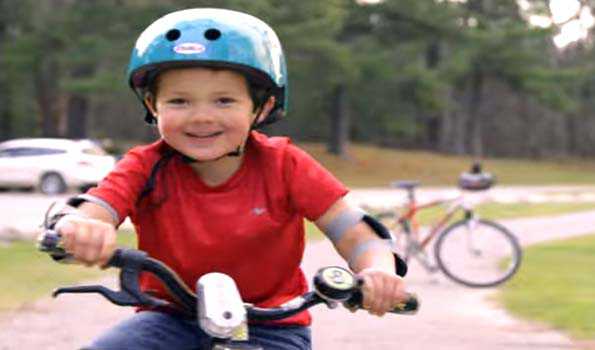Samikhsya Bureau
Regular physical activity helps prevent and treat non-communicable diseases (NCDs) such as heart disease, stroke, diabetes and breast and colon cancer.
It also helps prevent hypertension, overweight and obesity and can improve mental health, quality of life and well-being. Yet, much of the world is becoming less active.
Physical activity is also fundamental to energy balance and weight control. Globally, about 23 per cent of adults and 81 per cent of school-going adolescents are not active enough.
Generally, women and girls are less active than men and boys, and older adults are less active than younger adults.
The new guidelines on physical activity, sedentary behaviour and sleep for children under 5 years of age were developed by a WHO panel of experts.
They assessed the effects on young children of inadequate sleep, and time spent sitting watching screens or restrained in chairs and prams. They also reviewed evidence around the benefits of increased activity levels.
Children under five must spend less time sitting watching screens, or restrained in prams and seats, get better quality sleep and have more time for active play if they are to grow up healthy, according to new guidelines issued by the World Health Organization (WHO).
Depending on an individual’s relative level of fitness, examples of moderate physical activity could include: brisk walking, dancing, or household chores. Examples of vigorous physical activity could be: running, fast cycling, fast swimming, or moving heavy loads.
People aged 5–17 should have at least 60 minutes of moderate to vigorous physical activity daily. More than 60 minutes of physical activity a day brings additional health benefits.
Adults aged 18–64 should do at least 150 minutes of moderately intense physical activity each week, or at least 75 minutes of vigorous activity throughout the week, or an equivalent combination of moderate and vigorous activity.
In order to be beneficial for cardio-respiratory health, all activity should be performed in bouts of at least 10 minutes duration.
The main recommendations for adults and older adults are the same. In addition, older adults with poor mobility should do physical activity to enhance balance and prevent falls 3 or more days per week.
(With agency data input)




